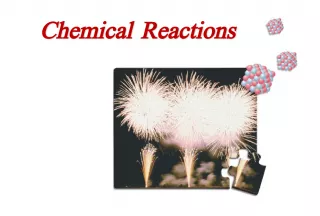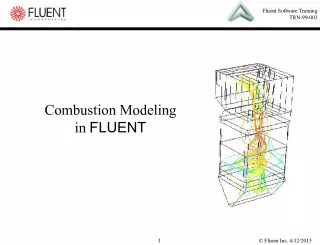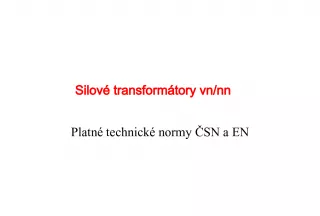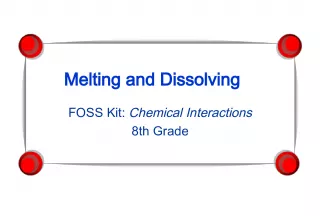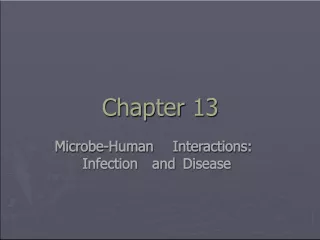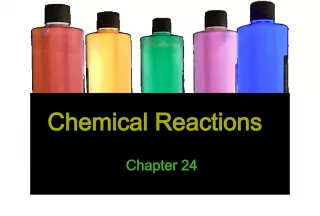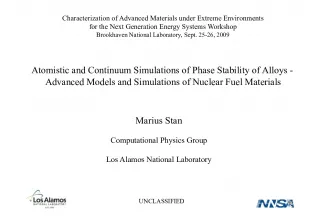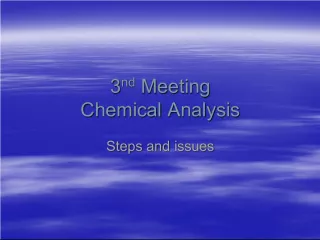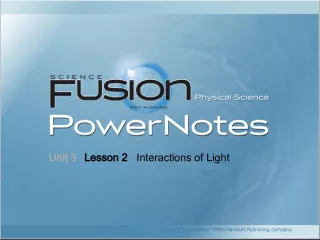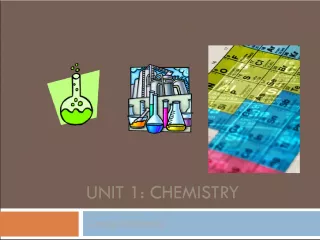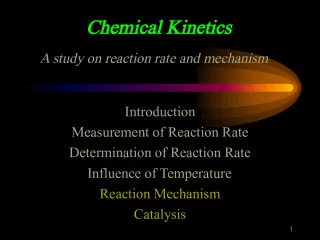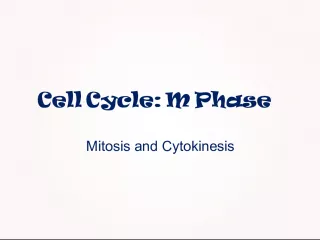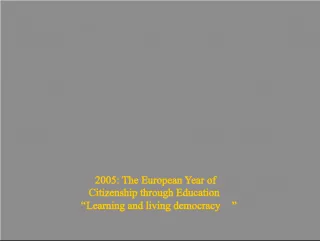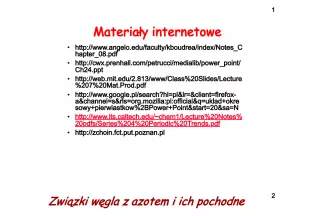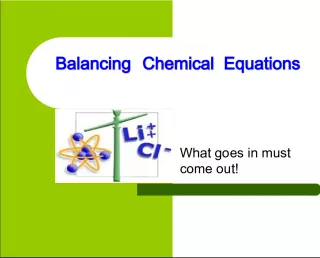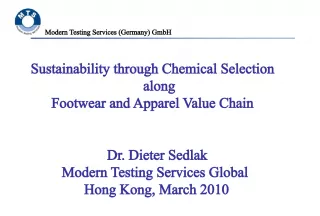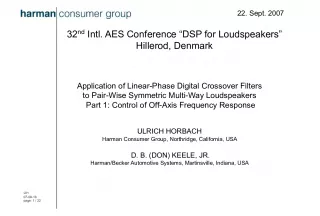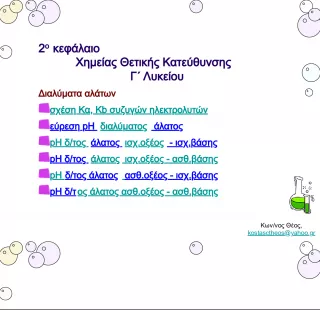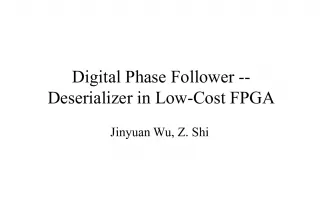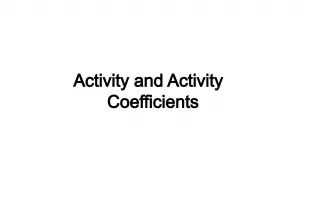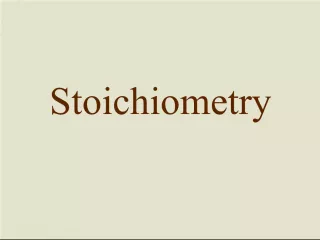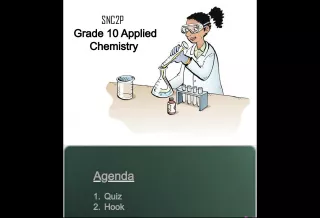Phase Change Chemical Interactions
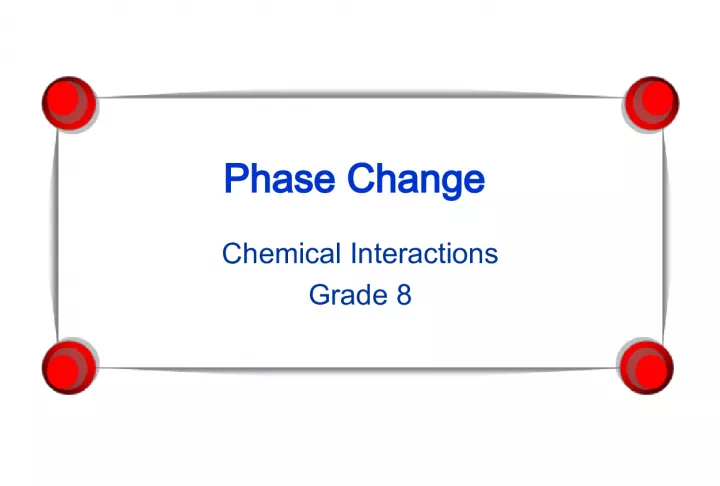

This Grade 8 lesson focuses on the concepts of melting and freezing as phase changes that result from the transfer of energy and the changing kinetic energy of particles in a material. Students will learn how melting is
- Uploaded on | 1 Views
-
 catherinein
catherinein
About Phase Change Chemical Interactions
PowerPoint presentation about 'Phase Change Chemical Interactions'. This presentation describes the topic on This Grade 8 lesson focuses on the concepts of melting and freezing as phase changes that result from the transfer of energy and the changing kinetic energy of particles in a material. Students will learn how melting is. The key topics included in this slideshow are . Download this presentation absolutely free.
Presentation Transcript
Slide1Phase ChangeChemical Interactions Grade 8
Slide2Melting and Freezing Melting : a change of state from solid to liquid. • Energy is transferred to the solid and gains kinetic energy. Freezing : a change of state from liquid to solid. • Energy is transferred from the liquid and looses kinetic energy.
Slide3Kinetic Energy Change of state is the result of change of kinetic energy of the particles of a material. Nothing changes during change of state except the motion of the particles. • The particles do not melt, freeze, contract, expand, or change into any other kind of particles. • Change of state is not a chemical reaction, so no new products are forming.
Slide4Water Water freezes at 0°Celsius. Water melts at 0°Celsius. Substances do not have to be cold to freeze or hot to melt; phase change is a relationship between the particles in a substance.
Slide5Heat of Fusion Heat of Fusion : The energy needed to melt a substance. • For water, the heat of fusion is 80cal/g. • A lot of heat must be transferred from water at 0°Celsius to change it to ice at 0°Celsius. You must transfer 80 cal away from 1 gram of water at 0°C go change it into a gram of ice at 0°C.
Slide6Condensation Condensation : The process of changing state from gas to liquid. • When energy transfers from the water vapor particles, their kinetic energy decreases. • The particles stop flying around and bunch together as liquid.
Slide7Evaporation Evaporation : changing state from liquid to gas. • When energy transfers to the particles in liquid water, they gain kinetic energy. • When a particle gains enough kinetic energy to escape other particles, it flies off as water vapor particle.
Slide8Phase Change - A story1) Heat energy in the warm water increased the kinetic energy of some water particles. 2) The particles with sufficient kinetic energy fly free of the bunched particles in liquid water. This phase change is evaporation .
Slide9Phase Change - A story3) Water vapor particles strike the cold ice cup. Energy transferred from the particles to the cold cup. 4) Energy transfer from water vapor particles reduces the kinetic energy of particles. They stop flying and bunch up with other water particles to form liquid water . This phase change is condensation .
Slide10Phase Change - A story5) Salt added to ice makes it colder. Energy transfers from liquid water particles. The kinetic energy of particles is reduced . 6) Reduced kinetic energy prevents particles from moving over and around other particles, so they are locked in place. Liquid water changes into solid ice. This phase change is freezing .
Slide11Phase Change - A story “What will happen when all of the ice inside the cup melts?”
Slide12Phase Change - A story Water inside the cup will receive energy from the air particles and warm up. Energy will transfer from the cup to the ice on the outside of the cup. The kinetic energy of the particles in the frost will gain kinetic energy. When the particles have enough kinetic energy to move over and around one another , the water will change state to liquid . This phase change is called melting .
Slide13Melting vs. Dissolving Melting : • When a material changes from a state from solid to liquid. • Heat and Energy Transfer are needed to change state. • Physical change to substance. • Substance does not change in chemical composition. Dissolving : • When a solid material is placed in liquid, and the solid material disappears into the liquid. • Water or Liquid is needed to dissolve a substance. • Physical change to substance. • Substance does not change in chemical composition.
